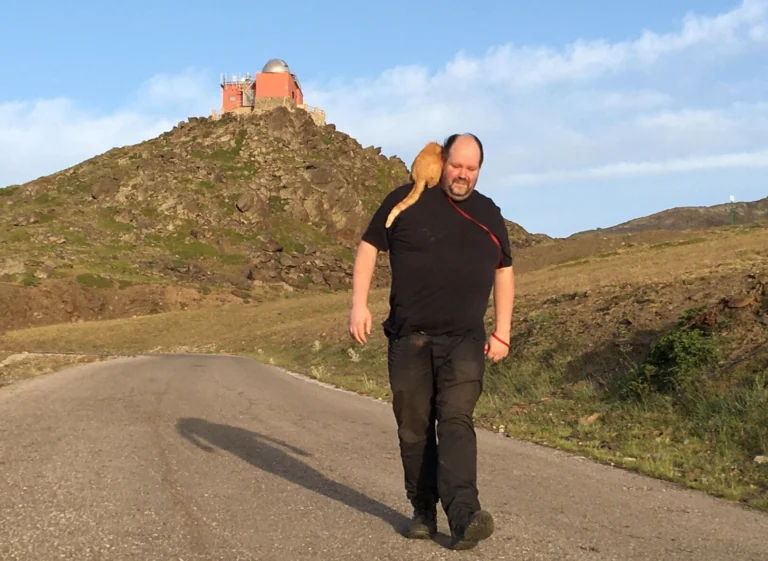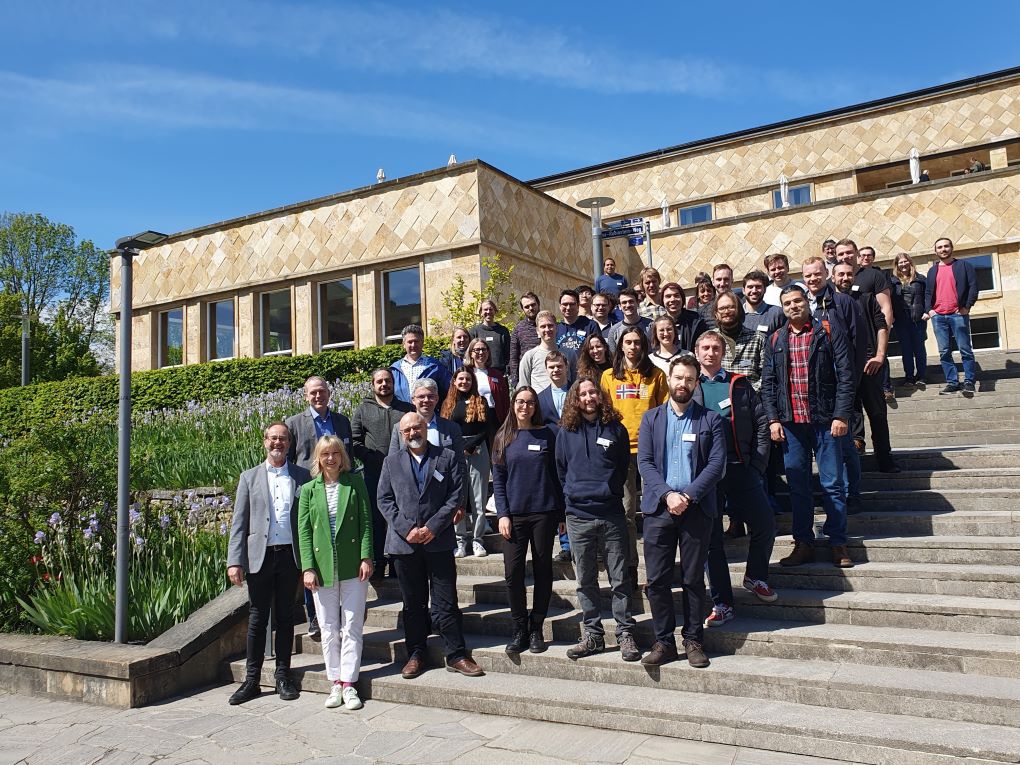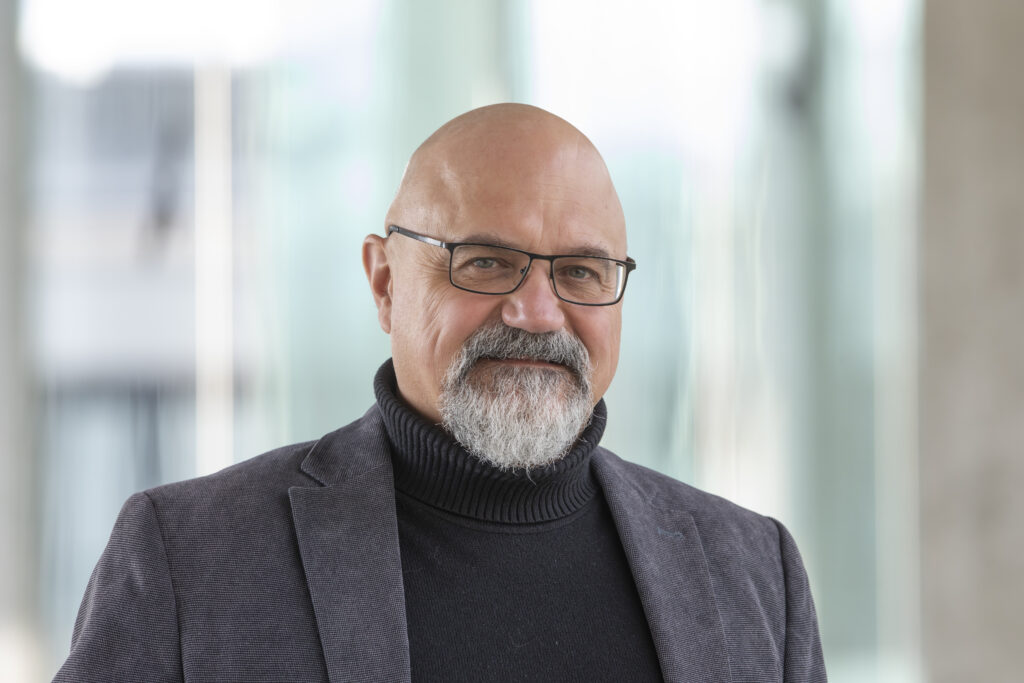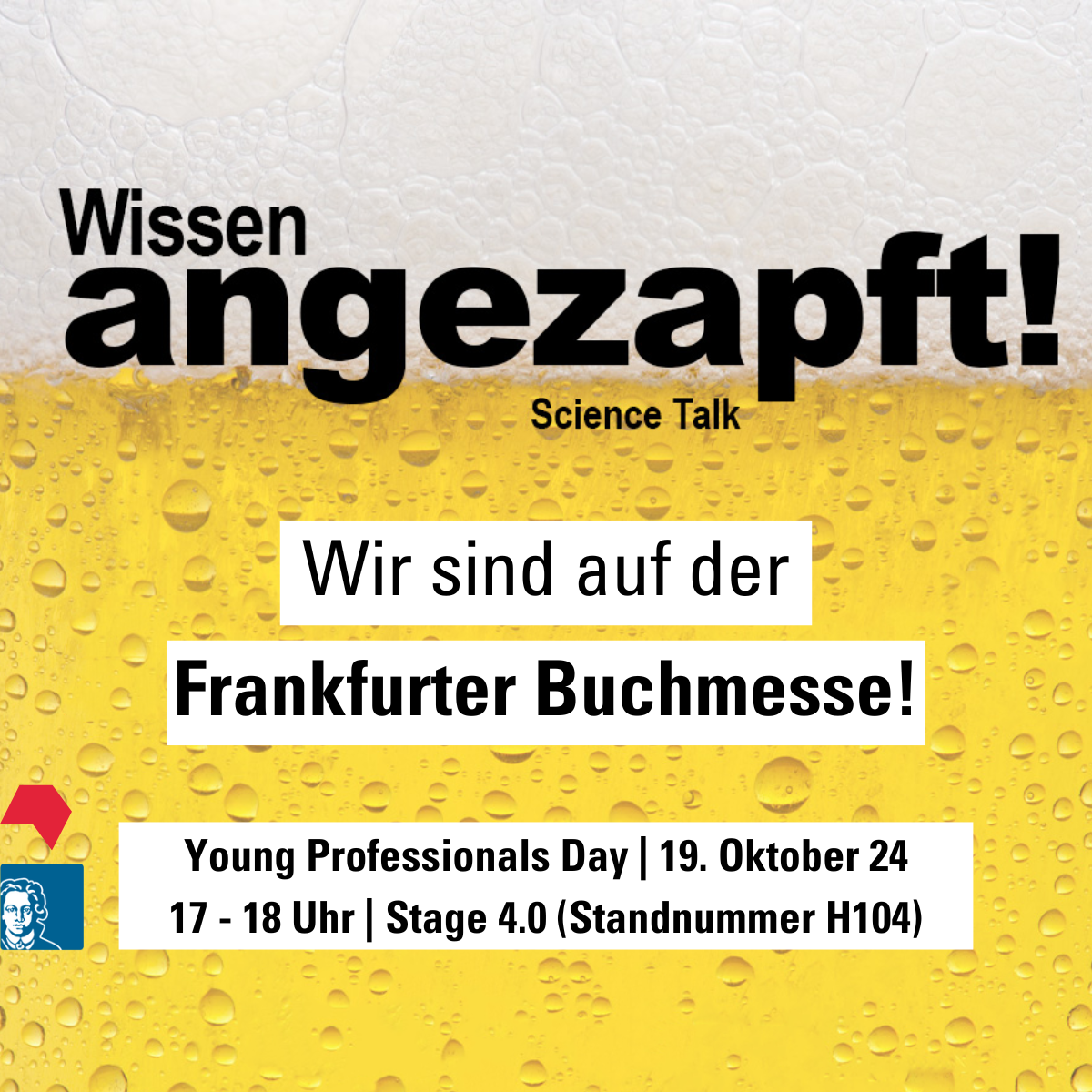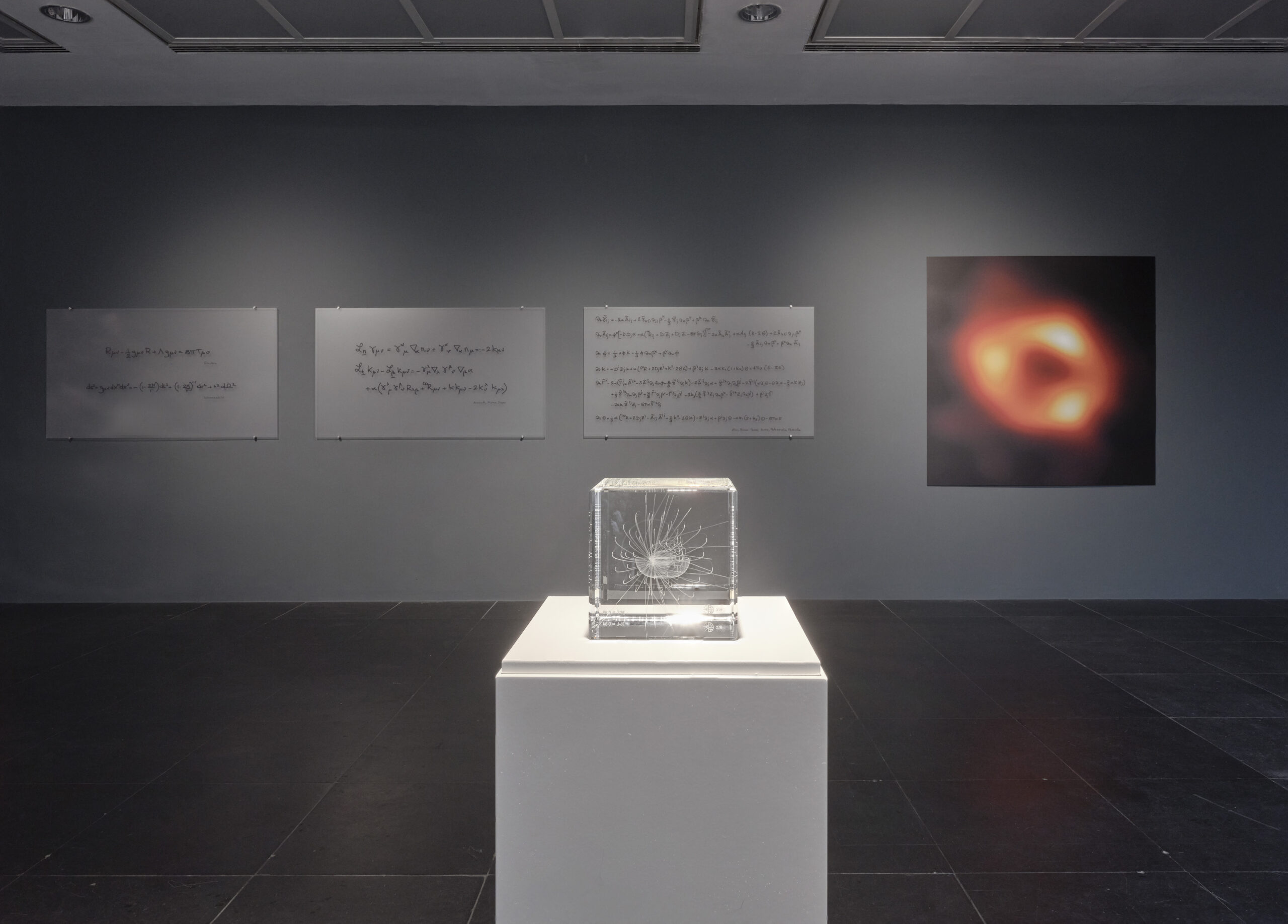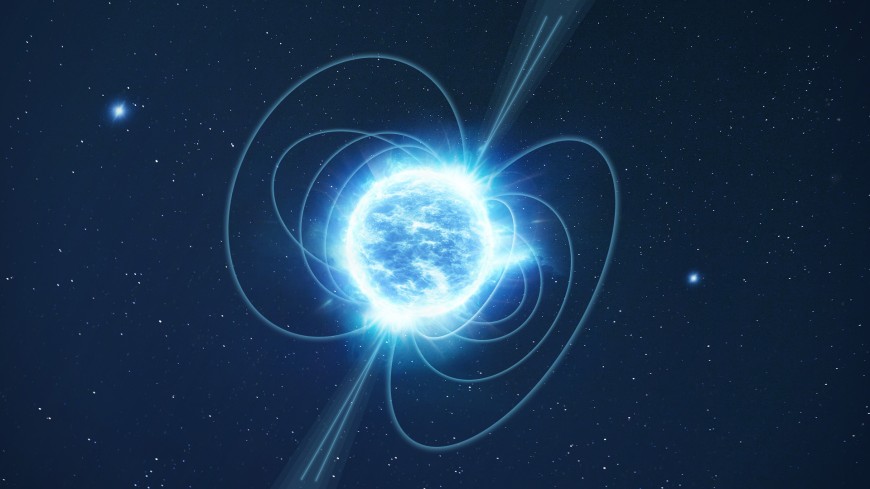The Hessian Cluster ELEMENTS and all its members mourn the loss of our colleague and friend Dr. David Alexander Kann, who passed away suddenly on 10 March 2023 at the age of 46. Alex was a passionate astronomer, well known for his studies of gamma-ray bursts (GRBs). His premature departure will leave an immense void not only in this field of research but also in our hearts.
When Alex started his scientific career in 2003 at the Thüringer Landessternwarte Tautenburg (TLS), no short-GRB afterglow had ever been discovered, and the study of GRB supernovae following long GRBs had just been established as a new scientific topic. These phenomena fascinated Alex from early on and he rapidly became an expert in this field of research. In the following 20 years, Alex’s publication list grew considerably in length, reaching more than 160 publications in refereed journals. Nearly half of these papers are devoted to GRB supernovae or short GRBs.
Alex was proudly thorough in his research work, always making absolutely sure, for example, that he had tracked down all the available data on the sources he was studying. This led him to produce very long papers, such as his two most cited publications, which extend to almost 100 pages when combined. The rich data sets he presented were highly used by the community, as witnessed by the high citation count of his publications.
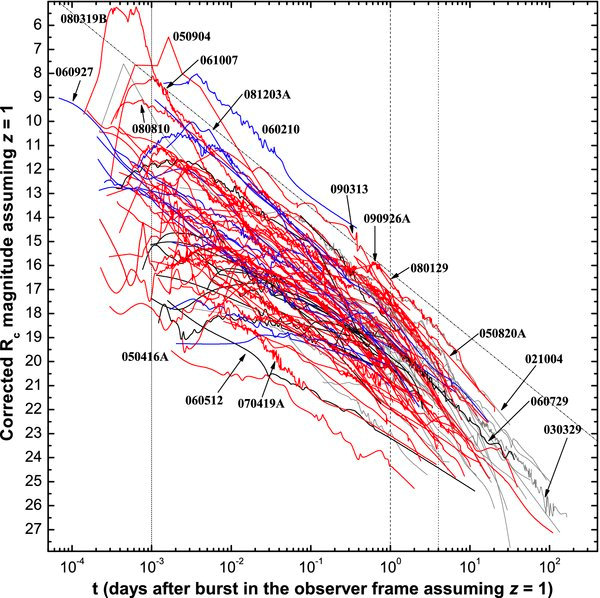
Most famous is Alex’ so-called “Kann plot”, which he first published in 2007 and has entered many publications since then, both by him and collaborators. This eye-catching plot shows the homogenized light curves of all known GRB afterglows in a common reference frame. It summarizes the general properties of the entire GRB afterglow ensemble, and immediately indicates if a specific event has some peculiar evolution with respect to the mean behavior. The Kann plot was the immediate consequence of Alex’s first pioneering study from 2006 on dust properties in GRB environments.
Alex was in contact with, and welcomed by, many research groups, which all benefited from his research and encyclopedic knowledge in GRB science. He was often the first in the GRB community not just to alert his colleagues about a new GRB event, but also to spot source properties and peculiarities in the very first observations. Alex was especially fascinated by the extreme power released by GRBs, and in particular he cherished the study of the very brightest events. In 2011 he identified the most luminous supernova ever associated with a GRB. His last first-author paper, which appeared in February 2023, dealt with the record breaker GRB 221009A, colloquially dubbed the “BOAT”, short for “Brightest Of All Times”. He had been a major driving force behind the study of this event.
Alex was always ready to discuss and contribute to challenging real-time decisions on the best observation strategy and the observational facility best suited to guarantee a successful GRB follow-up observation campaign. In the very last days before his passing, he had been the first to recognize yet another very interesting event (the long GRB 230307A), which the community is currently investigating in detail.
Alex was very appreciated for always being direct, honest, and transparent in his judgments, both at work and outside of it. His colleagues loved spending time with him, and not just for special occasions. He was happy to hang out for dinner, or cook together at some colleague’s place. He had many interests outside research, such as his great passion for heavy-metal music, which he loved to share with anybody interested. Many of his colleagues can recall spending a lot of time chatting with him about science, music, or TV shows, and also enjoying his remarkable aptitude for telling jokes.
Alex was never in a hurry to write and submit a first-author paper, however electronic GCN (Gamma-ray Coordinates Network) circulars clearly motivated him, because these are discovery reports, which are rapidly distributed world-wide. More than 160 GCNs carry his name as a first author. Despite GCNs usually being relatively simple, short texts, mostly quoting results of ongoing observations, Alex always added a personal touch to them, pointing out curiosities, highlighting unusual features and adopting a catchy language. For example, Alex wrote a memorable such circular about the long GRB 221009A, which he promptly recognized to be a record-breaker in terms of energetics, and gave it the expressive title “Armchair energetics”.
The Astrophysical Journal (ApJ), which is the internationally most influential journal in astronomy, will soon publish a special issue on GRB 221009A. A widespread request within the community has been that this issue be dedicated to his memory and includes a foreword and a mention commemorating Alex’s work. This request was granted and several of the papers in that issue will explicitly refer to Alex’s tragic death.
Following more than 10 years at TLS, where he obtained his Master in Science and PhD, and 6 years as a postdoc at the Instituto de Astrofísica de Andalucía (IAA Granada, Spain), Alex joined ELEMENTS) at the end of 2022. His exceptional database of past short GRB optical counterparts represents an invaluable tool for a systematic search and study of further kilonova evidence, beside the famous very first kilonova AT2017gfo. His major involvement in large collaborations devoted to the tracking of GRBs and gravitational wave sources has provided a unique opportunity for ELEMENTS to gain a leading position in the search for new kilonova sources, in the framework of the next LIGO/Virgo/KAGRA observational campaign starting in the spring of 2023.
ELEMENTS will miss his valuable contributions and clever insights in the challenging study of GRBs and correlated events. A memorial service will be held on April 13, 2023, at 3 p.m. at the Martin Loch Bestattungsinstitut, An der Hospitalsmühle 16, 54294 Trier, Germany. This will be followed by a coffee reception. The burial of the urn will take place in the presence of a small circle of friends on the following day.

